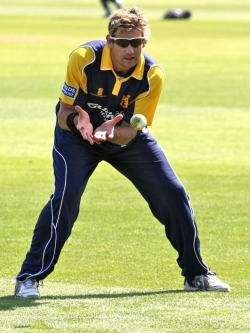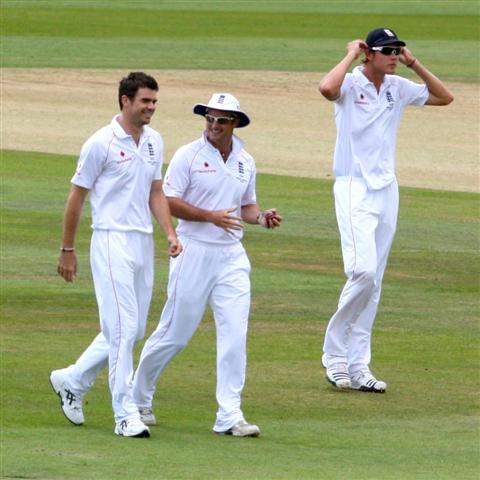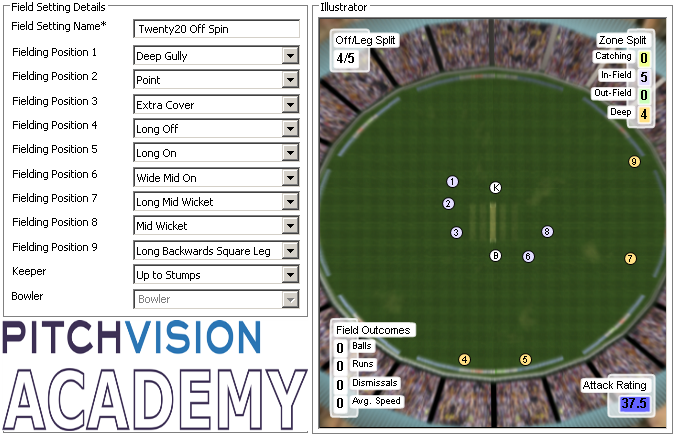Specialist fielding: Fine leg and third man
This is part of the specialist fielding series of articles, for the full list of fielding positions covered click here.
OK I admit it. There are no specialist fine leg fielders. But in most teams it’s the same players who end up at either fine leg or third man, usually a bowler.
For that reason it makes sense to practice the skills you will most need.
Specialist Fielding: Catching on the drive

This is part of the specialist fielding series of articles, for the full list of fielding positions covered click here.
Tactics you should be using: Attacking from the boundary
During a match in the 2005 Ashes, the 5th wicket had just fallen and Adam Gilchrist strolled to the crease. The game was in the balance at 208-5. Orthodoxy dictated a couple of slips and a fine leg the only boundary runner.
But Vaughan directed a fielder to deep point.
Critics were up in arms. They accused the skipper of setting a field for bad bowling; a mistake a schoolboy captain would think twice about.
Test your field settings knowledge with this quick quiz
Every schoolboy cricketer worth his salt makes sure he learns the names of all the fielding positions with a torch under the covers after lights out.
But just like the alphabet, knowing the letters is only the start. If you want to be able to write you have to know how to use the letters to make words and sentences and paragraphs.
In the same way, if you want to know field settings you have to know when to use positions. Field settings are the
2 situations where you can set a field for bad bowling
 Everyone agrees: You can't set a field for bad bowling.
Everyone agrees: You can't set a field for bad bowling.
Like a lot of one-line advice, it's more of a guideline because there are always exceptions. It's the cricketing equivalent of "I before E, except after C".
How to exploit batting weaknesses: High and low grips
This is part of a series on How to exploit batsman's weaknesses. To see the other weaknesses click here.
The position of the hands on the handle of a cricket bat makes a big difference to the way a batsman plays.
If you are a bowler or captain who can spot this small technical error you can come up with a plan to restrict a batsman's scoring and get a wicket.
Field setting: Off spin, Twenty20 middle overs (IPL special)
 This article is part of "The complete guide to cricket field settings" series.
This article is part of "The complete guide to cricket field settings" series.
Cricket show 49: Field settings
| Attachment | Size |
|---|---|
| miCricketCoach - PitchVision miCricketCoach Show 049.mp3 | 24.1 MB |
Field placings for club and school cricket is the theme of the show this week. David is back from a short break while Kevin tells us about his mixed start to the season. Don't worry Kevin, there is a long way to go yet. To help Kevin out, Ian Pont has another fast bowling tip and we answer your questions on:
4 Steps to bowling spin against an attacking batsman
Andrew Flintoff was on the rampage.
The 6ft 4 all-rounder had been served up some easy half volleys in his innings in the third Ashes Test and was walking with a confident swagger.
How to force the batsman into a mistake against inswing
Picture the scene. You are in the field after posting a big score. The opposition look in little danger of being bowled out on a good batting track.
You need wickets to prevent the draw but all the usual ploys are failing.
It's time to get creative; It's time to force the batsman into an error.

